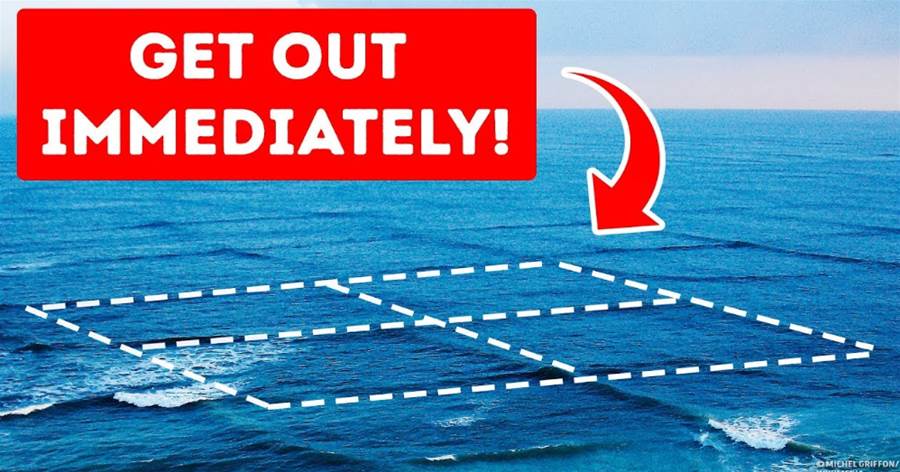
If You See Square Waves, Get Out of the Water!
Picture this: you're standing on a pristine beach, soaking in the rhythmic sound of the waves crashing against the shore. Suddenly, the ocean surface forms a mesmerizing checkerboard pattern, as though nature decided to play a game of chess. It's beautiful, yes—but also deceptively dangerous. These patterns, known as square waves or cross seas, are an unusual and potentially life-threatening phenomenon that demands your attention.

Square waves occur when two separate wave systems intersect at near-perfect right angles, creating a grid-like pattern on the water. This phenomenon is usually the result of weather systems colliding far out at sea, where their energy generates waves traveling in different directions. When these systems converge, the waves interact to form the iconic crisscross pattern.
Unlike the regular rolling waves we're familiar with, square waves are unpredictable and volatile.
While they may look like a picturesque natural phenomenon, they signify chaos beneath the surface.
Though square waves are not a daily sight, they tend to appear in certain areas around the world where environmental conditions align perfectly. One of the most famous spots to witness them is off the coast of the Île de Ré, a small island near La Rochelle, France.
The article is not finished. Click on the next page to continue.



















